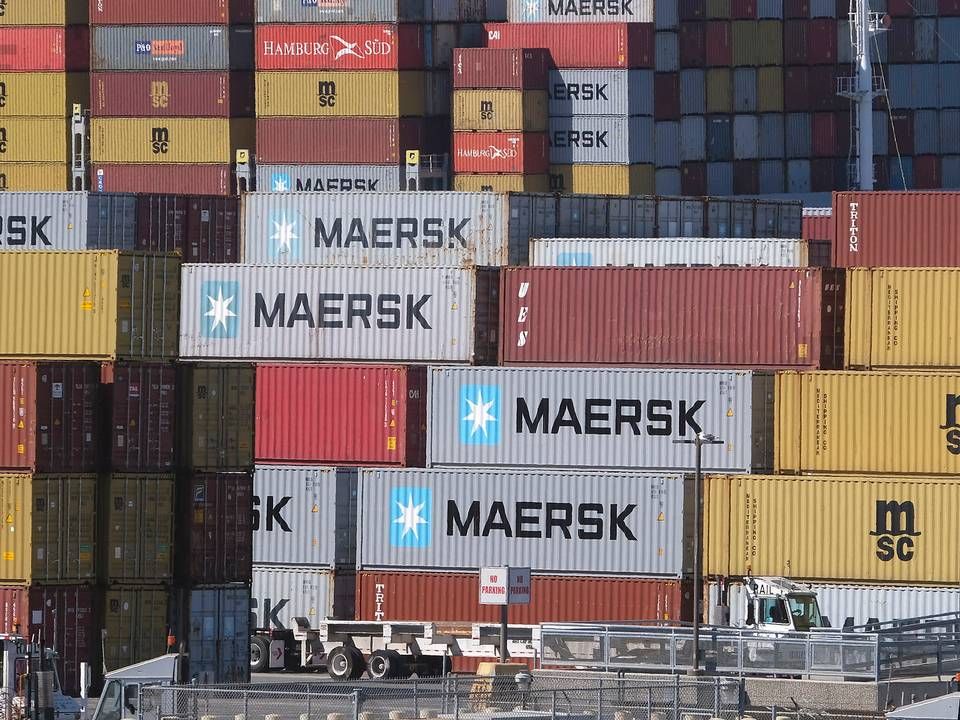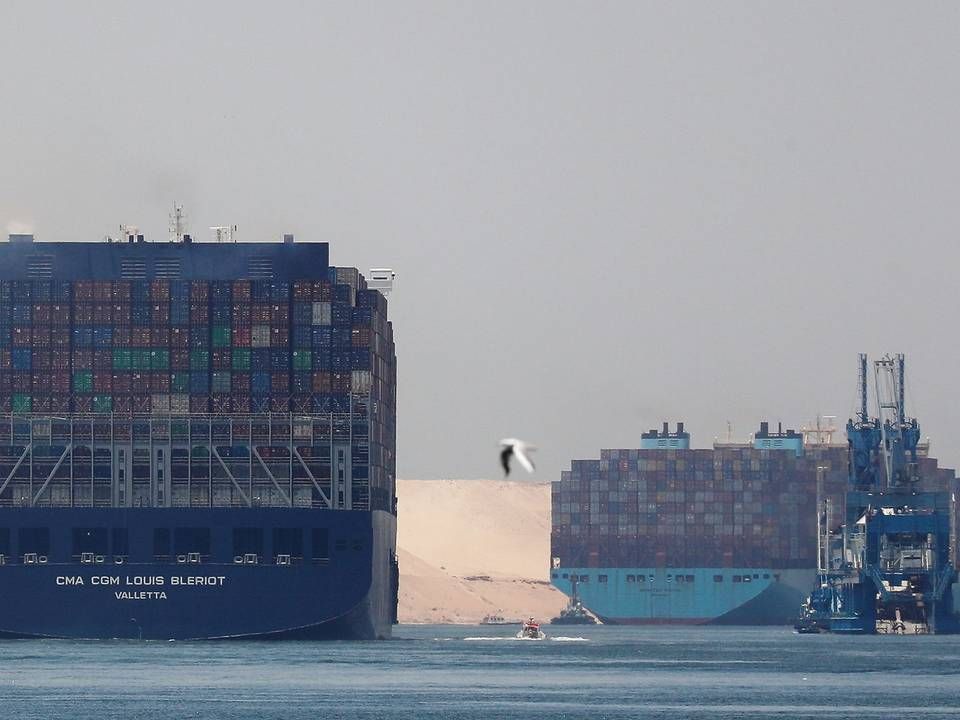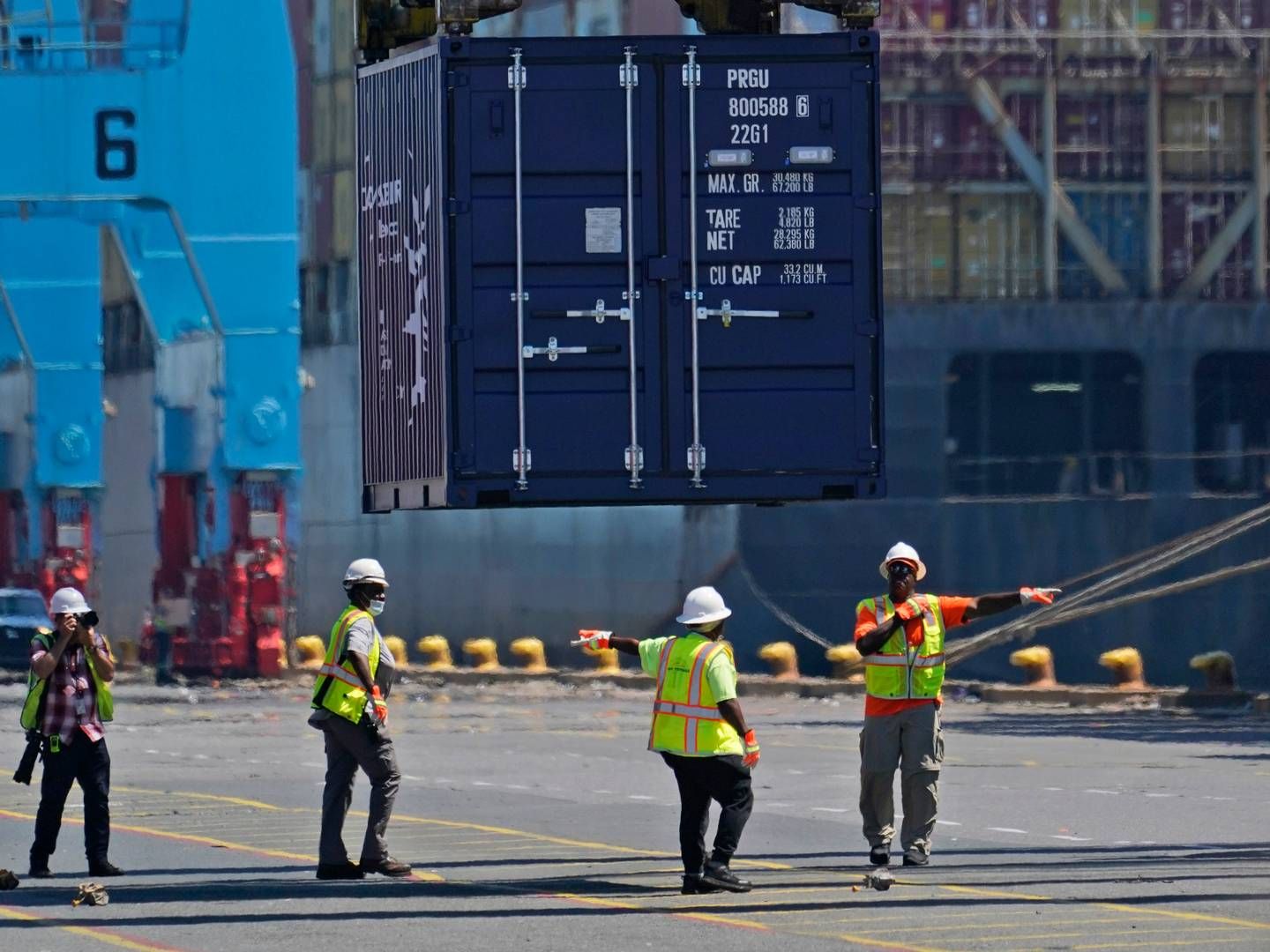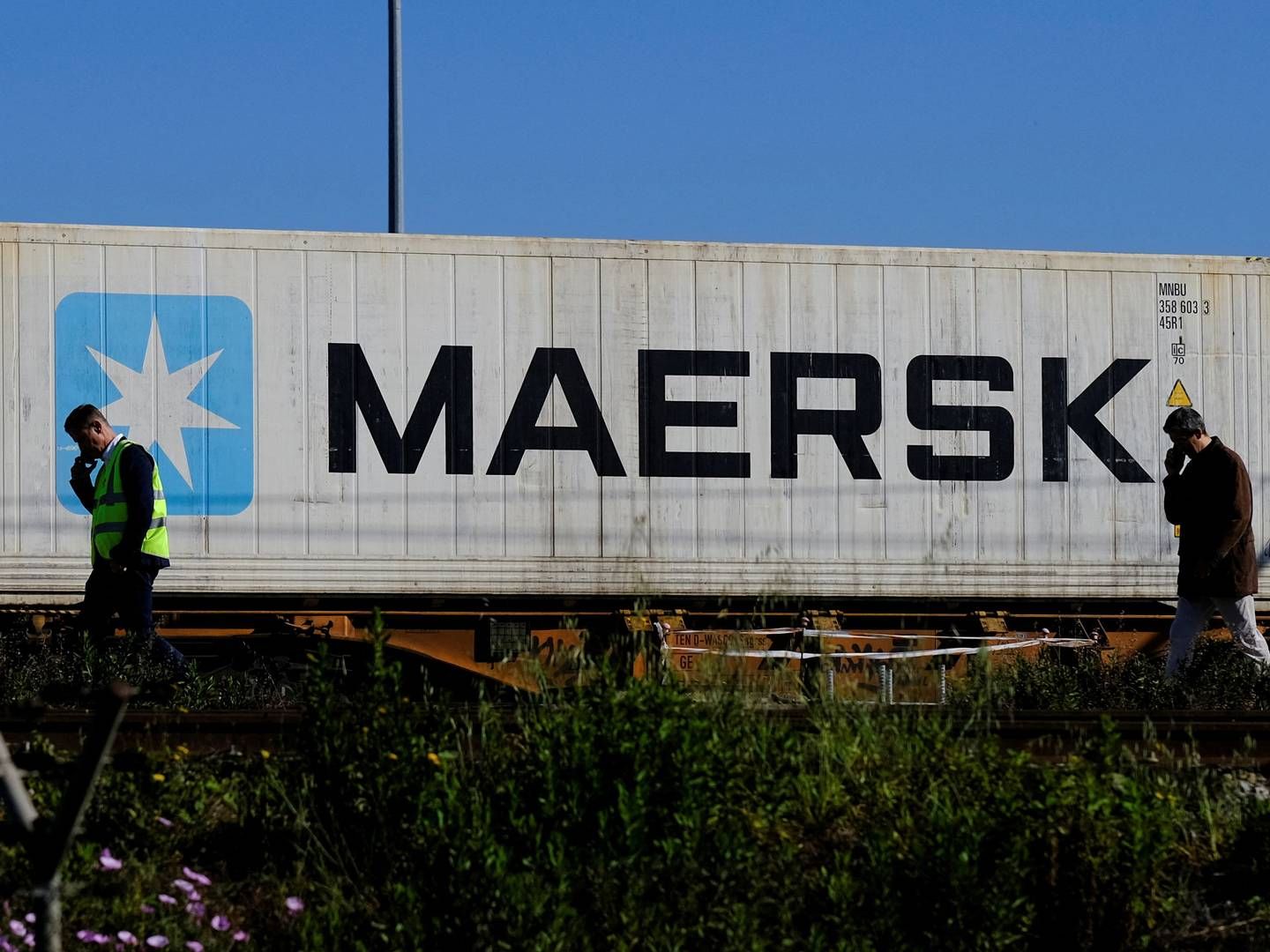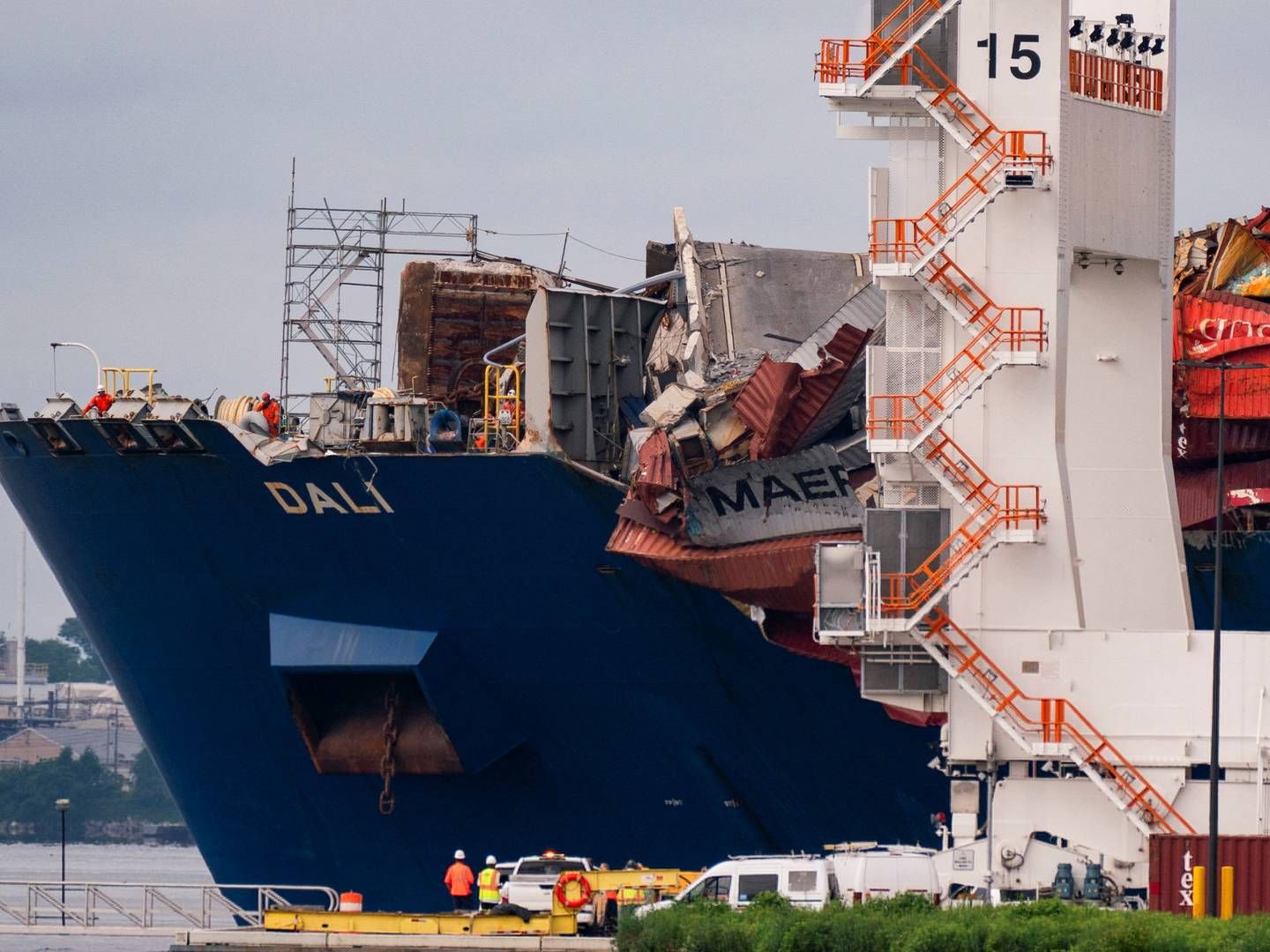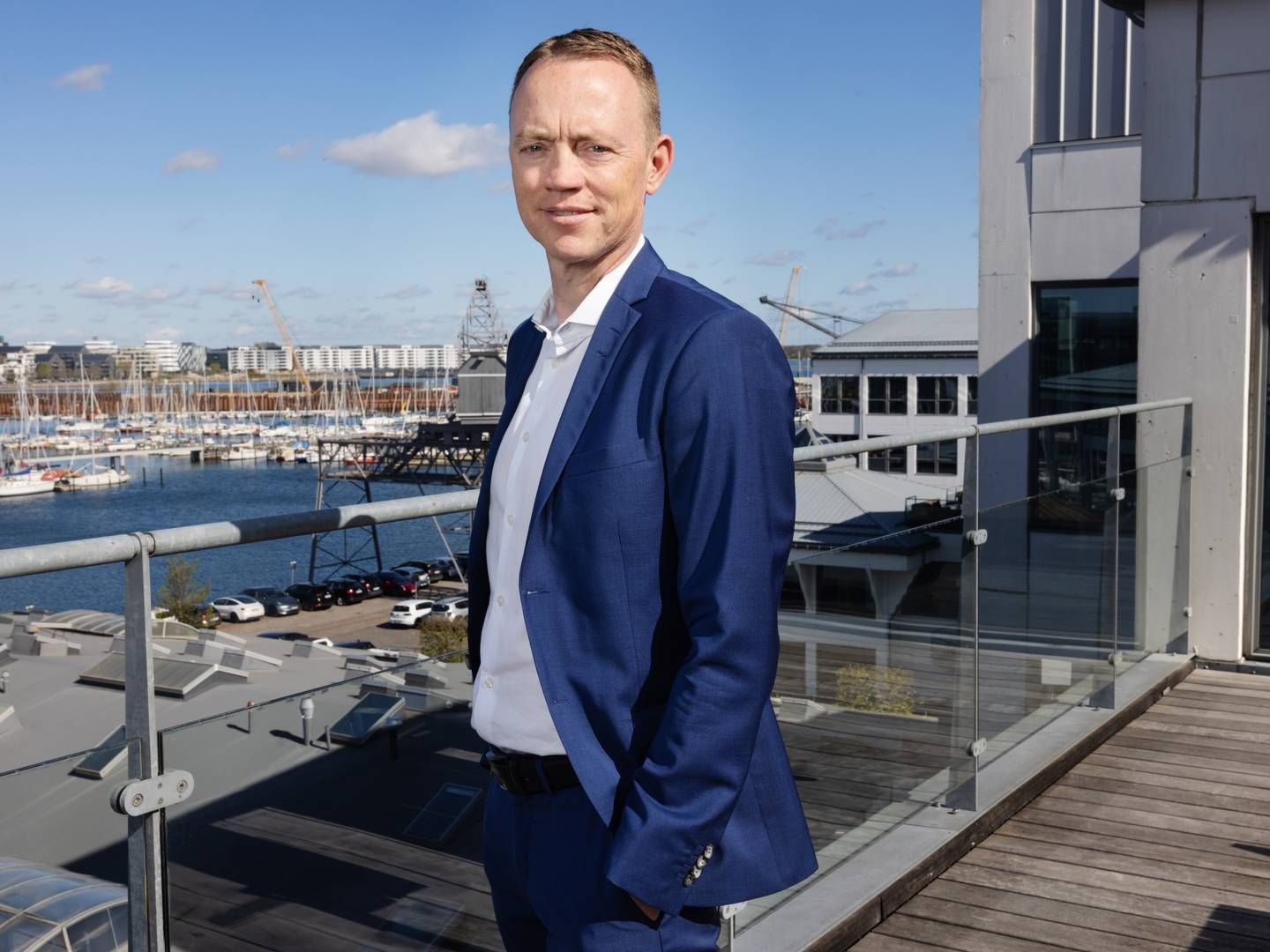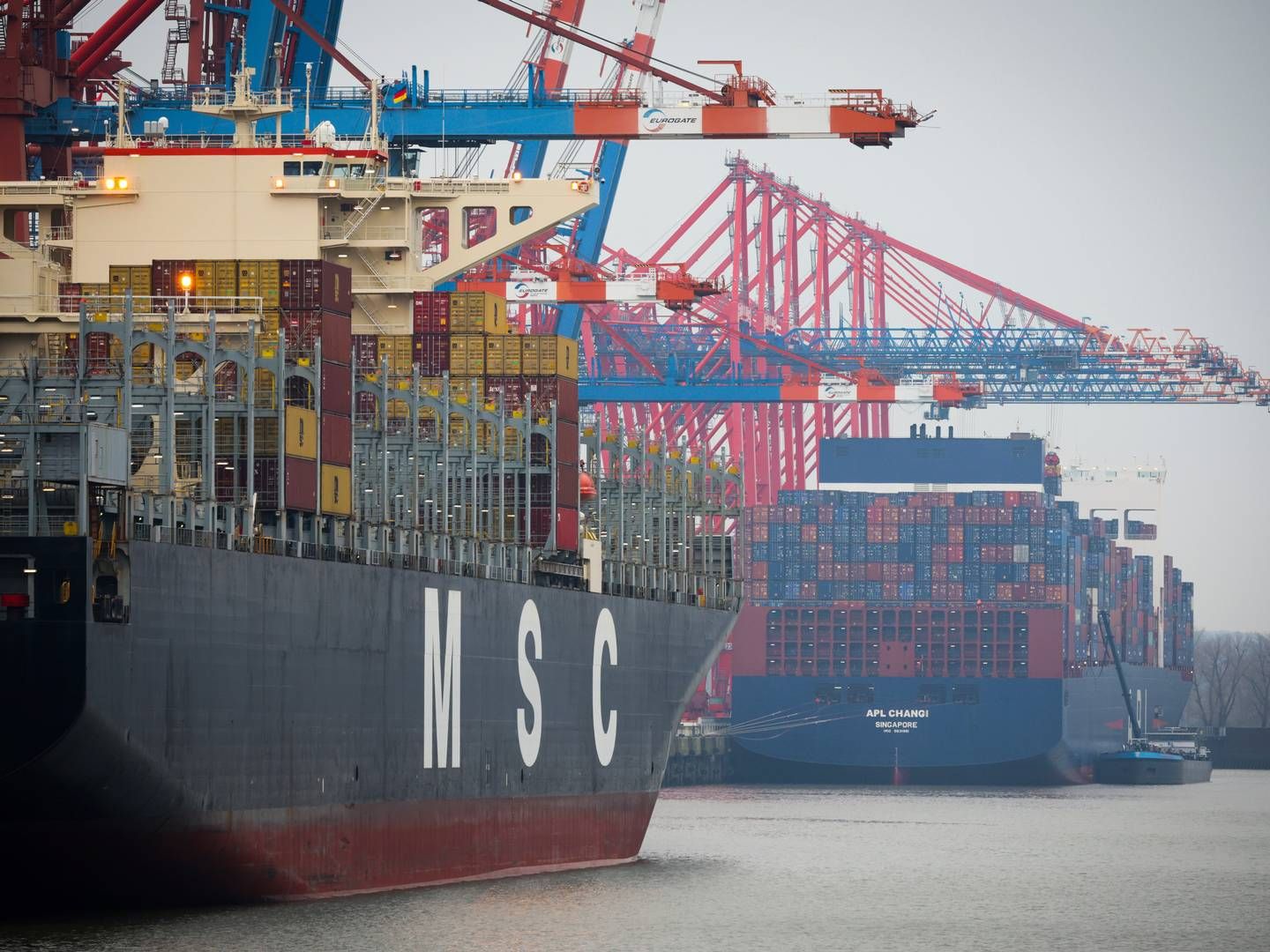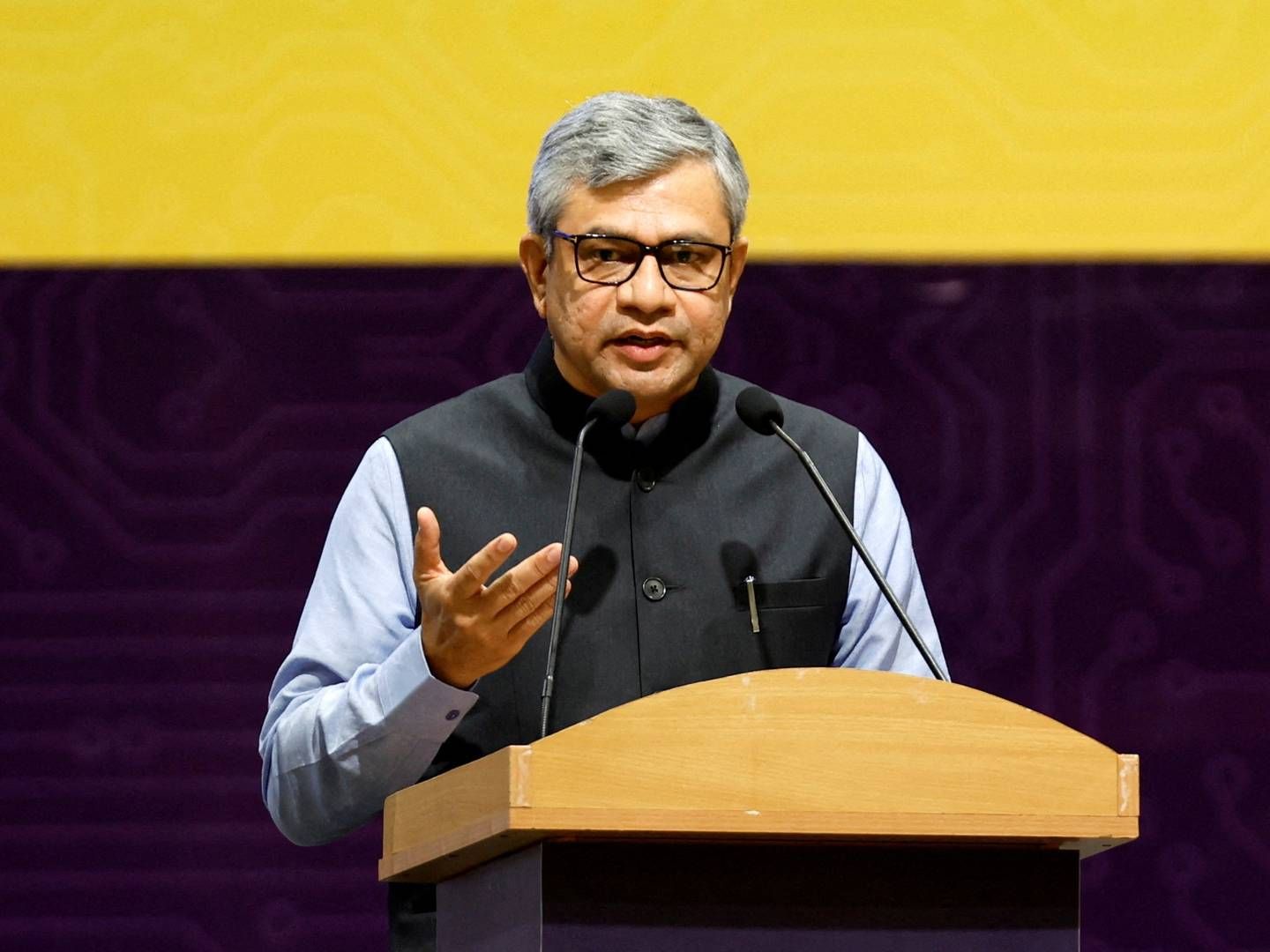Container carriers only see limited effect from Biden's port measures
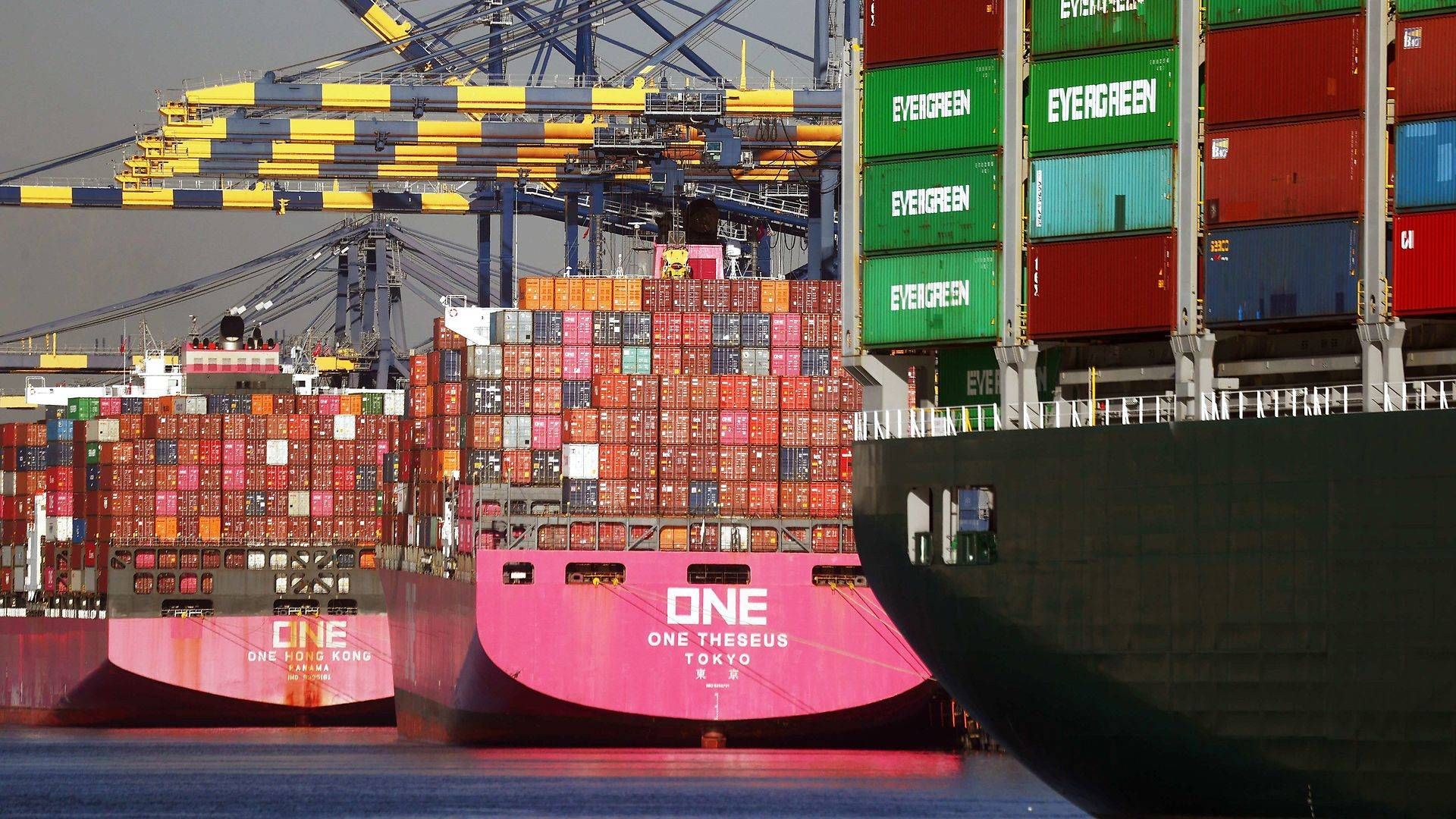
The extremely busy container market with heavily delayed service in ports and bottlenecks everywhere led the Biden administration to put in measures to bring efficiency up. However, they have only had a limited impact, carriers tell ShippingWatch.
At German Hapag-Lloyd, Director of Corporate Communications Tim Seifert tells ShippingWatch that there have been some effects at both ports on the US West Coast, as it has meant that containers that have been standing for a very long time have now been moved.
"However, the initial idea was to operate gates 24/7 and so far, there is limited impact while many terminals are not staffed to man gates 24/7," he says, before adding:
"Furthermore, this alone does not provide any more truck drivers or chassis or shippers willing to take delivery outside of normal operations. While there is no magic wand solution, these industry-wide challenges need to be fixed to make an impact."
A long wait
On October 13, Joe Biden announced that the Port of Los Angeles would begin to operate 24 hours a day, seven days a week to tackle the immense bottlenecks. Later the ports of Seattle and Tacoma followed suit and expanded their business hours to meet Joe Biden's call on the business sector to do more to combat the delays.
At the time of call to action – on October 18, to be exact – there were 65 vessels at the ports combined waiting, according to numbers from VesselsValue. Whereas at the time of writing, the number has increased to 77 vessels with a total of 537,074 TEU waiting (numbers from 8.12.21).
Japanese container carrier ONE acknowledges that the spotlight on the issues in the terminals has had some effect, but that it is far from over just yet.
"The task force's initiatives did draw the global attention and it worked positively to expedite the customer's quick cargo pick up from the terminal. It has contributed to the recent reduction of containers at terminals as shared from Port Authorities, however, remains challenging situation because a lot of ships are still waiting for berthing," ONE says in a comment to ShippingWatch.
Working with the initiative
Maersk tells ShippingWatch that they currently cannot share any specific details as it is still ongoing but that the carrier is actively working with the task force set up by the Biden Administration to manage the situation around port congestion.
"Operational experts from Maersk and APM Terminals Pier 400 Los Angeles participate in the administration's conference calls three times a week. APM Terminals Pier 400's cargo volumes are 18 percent higher this year than last year. To handle this record cargo volume, the container terminal is keeping longer truck gate hours and working with the railroads to expedite rail cargo to inland destinations. Dwell time of import rail cargo on the terminal is at a record low," the world's largest container carrier writes in a comment to ShippingWatch.
It seems that clearing the bottlenecks might require more time as the hectic market does not seem to ease up any time soon. ShippingWatch has previously written that next year is expected to be just as busy. Some even doubt any real tranquility in the market until 2024 when it is expected that new vessels will hit the water.
Port of Los Angeles struggles to stay open 24/7 to process containers
Biden confronts supply chain crisis stretching past his grip
2022 will be another turbo-charged container year: Here are the key developments to watch out for

